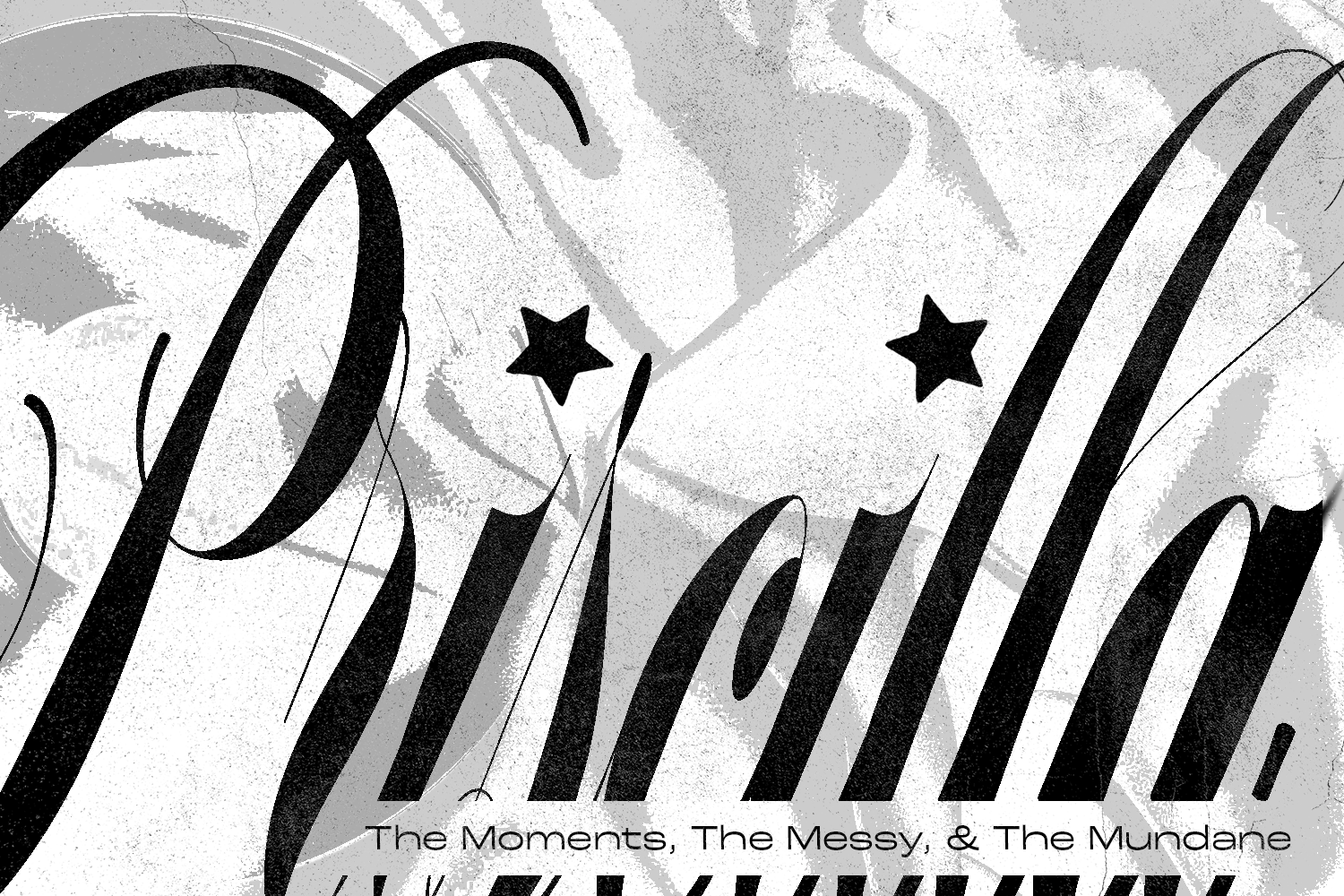The weight of fame has long been Sofia Coppola’s muse. Her keen eye has given audiences a look into the lives of celebrities, robbery gangs, and one Marie Antoinette. Her new biopic “Priscilla” revolves around the ups and downs of Priscilla and Elvis Presley’s relationship. From the moment she met him, to when she finally left, “Priscilla” captures the good, the bad, and mainly the everyday moments of their relationship.
“Priscilla” exists in a vacuum, which I guess could be argued about the real life of Priscilla Presley, who helped produce the project and whose memoir the movie is based upon. The movie features their big moments, like their marriage and the rise of “the king” that Elvis became, but the majority of the film takes place inside bedrooms, bathrooms, and Graceland. To be frank, it was often boring, but something bled through the mundane, something very real. We saw into Priscilla’s life, which was likely very boring in Elvis’s shadow.
Performances by Cailee Spaeny (Priscilla) and Jacob Elordi (Elvis) frame the movie nicely. They each capture the nuances of the couple’s chemistry, which is often obsessive and strange. Cailee is a standout star, delivering a rollercoaster of emotions and aging herself down to play the character across multiple decades (starting at 14).
Nuanced montages aided the audience through time without making the narrative feel rushed. Coppola’s taste shone through these hodgepodge scenes rendering them together beautifully. One thing is for certain about Coppola, her eye is in the detail. We saw Priscilla grow, fall in love, change herself, and become infatuated, all in the matter of several montages. Coppola uses these montages, as well as Priscilla’s over 120 costumes, designed by costume designer Stacey Battat, to showcase her progression throughout their relationship. We see her lose herself to the glitz and glam, bright colors, and lack of prints (Evlis hated her in prints), and as the film progresses she re-dawns these prints as a sense of rebellion; filtering in jeans and blouses as she removes herself from the spotlight. The story these outfits tell, I would say, is the more interesting narrative that takes place. Coppola doesn’t need to tell us Priscilla is leaving Elvis, and neither does Priscilla, she shows us by the very fact they put her in jeans.
I do applaud Coppola, she takes the narrative of this seemingly innocent (yet underage) relationship seriously, although we don’t see onscreen commentary about Priscilla’s age when being compared to Elvis until the second act. We see nothing of Prscilla’s life without Elvis unless you’re continuing the very last 10 minutes of the film. No interworking of her mind, her friendships, or her roles as a mother; whether that is because the storyline lacks substance when addressing her life alone, or because that is just really the life Priscilla lived.
“Priscilla” moved slow and ended fast. I found myself fulfilled, and yet I still searched for more. But hey, Priscilla Presley’s biography is in my Amazon cart as we speak, and for better or worse I think that was the point. Someone so overlooked by society yet so infamously well known finally sharing whatever parts of her story she wants. The king has had his time (more than enough of it), and the stories of the people we never really got to know will always be the more valuable ones to tell.
Words and Graphic by Evan Skovronsky.

